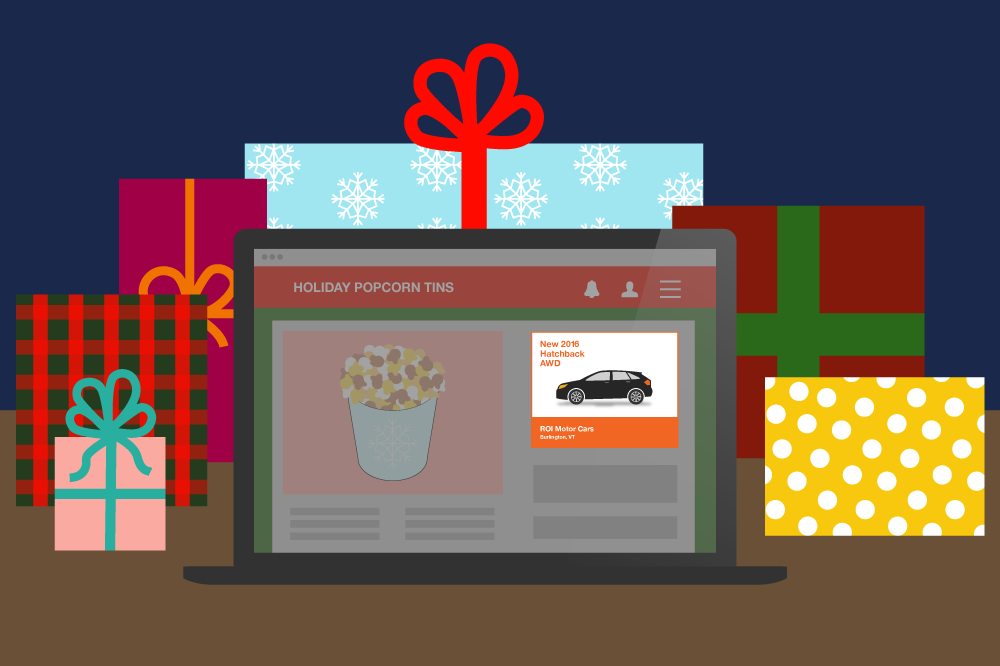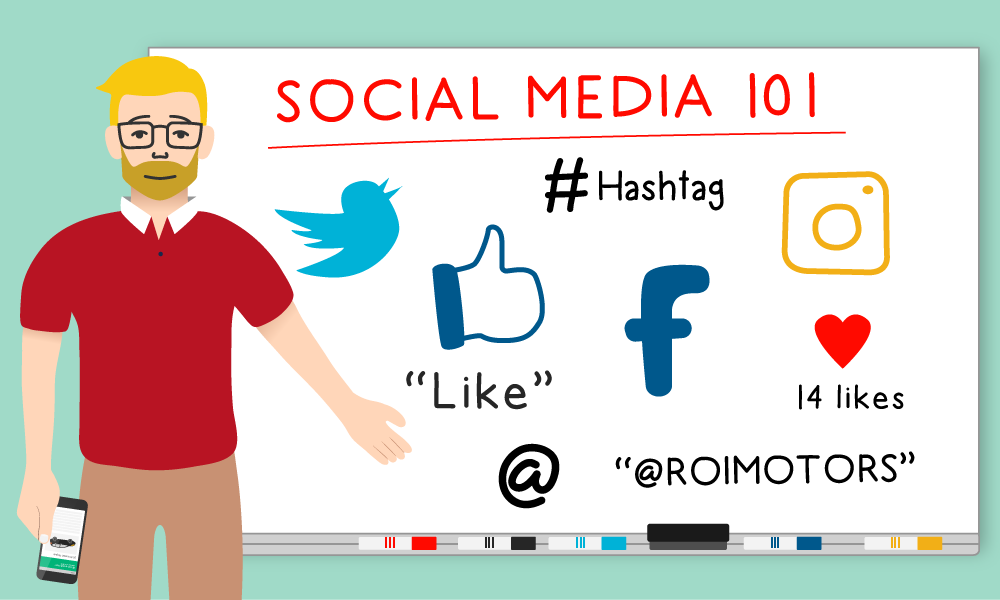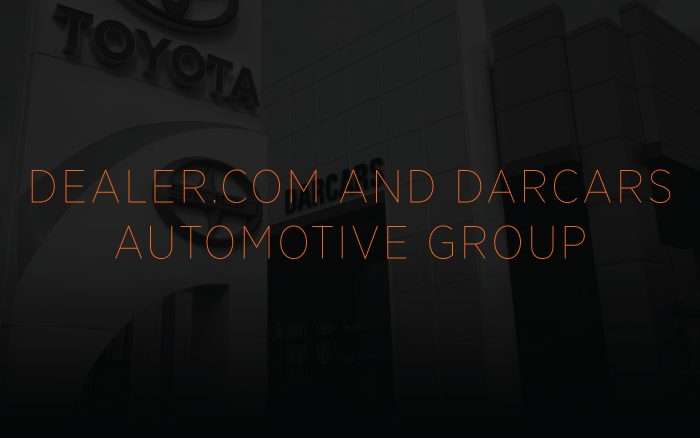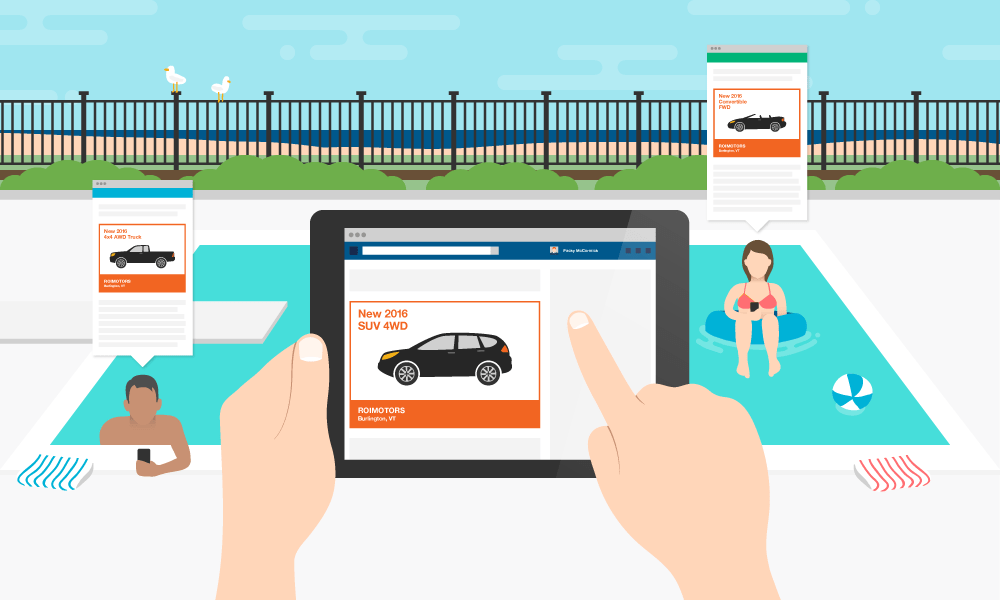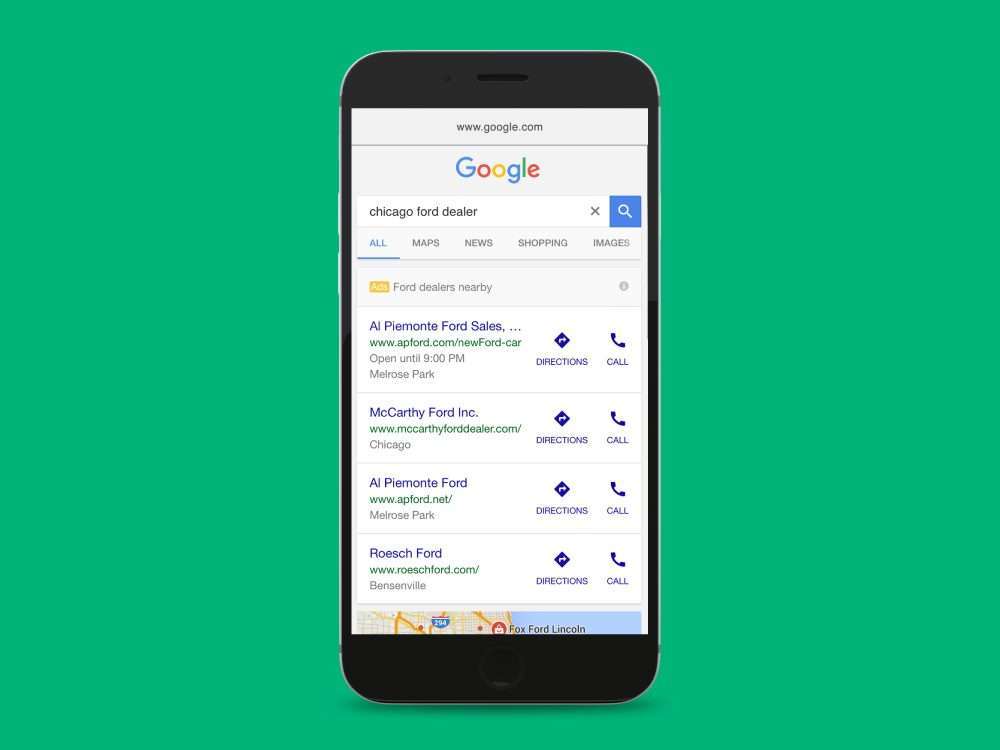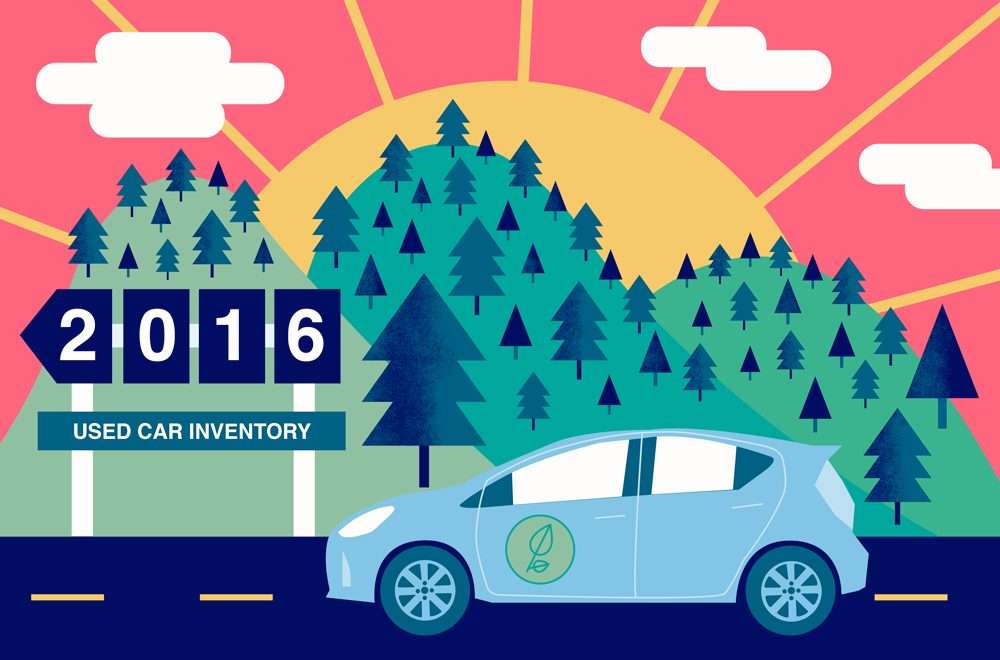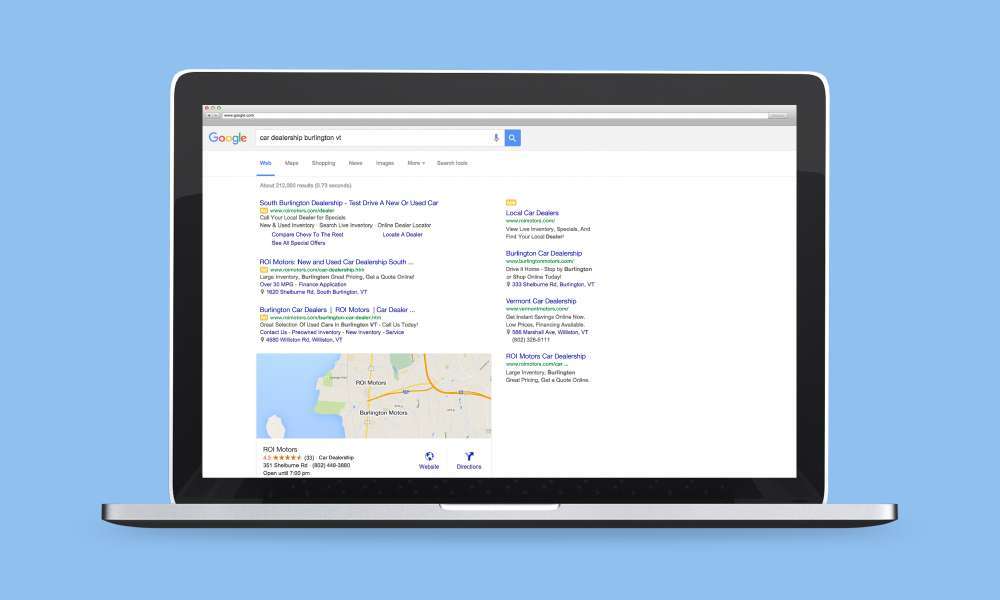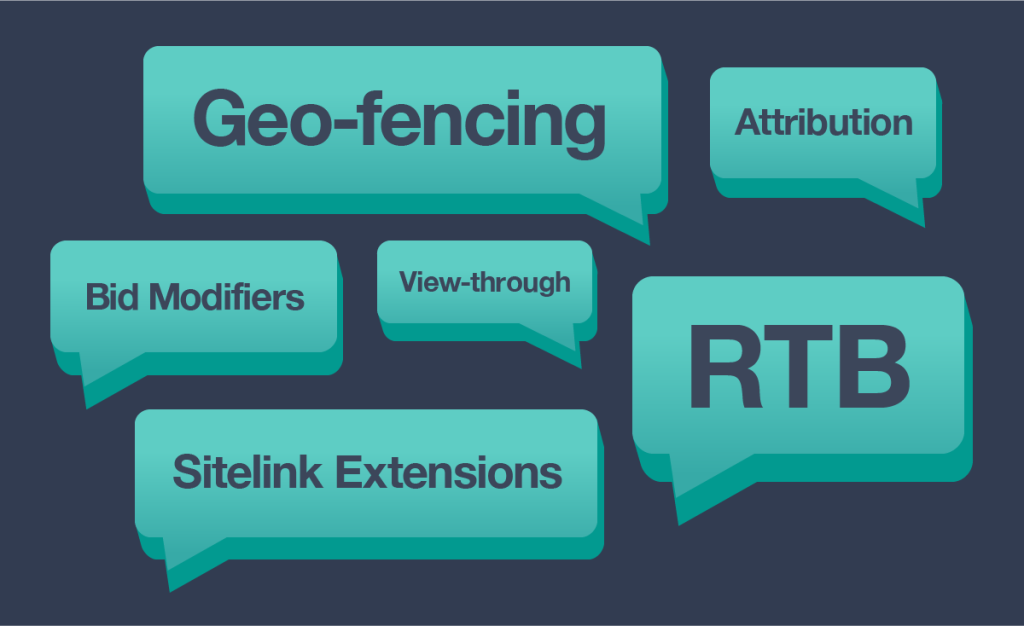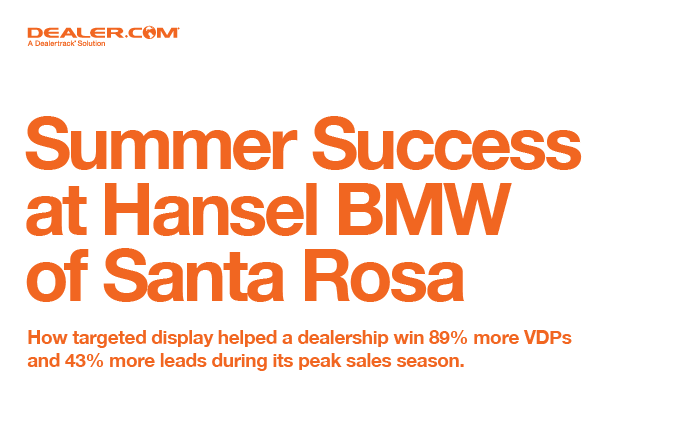The year’s quickly drawing to a close. It’s time for you to make room for next year’s incoming inventory by capitalizing on the seasonal demand of deal-seeking shoppers that are inspired by holiday sales events. To take advantage of this holiday shopping motivation and behavior, the majority of which begins with consumers researching vehicles on their phones, you need to adopt a well-funded, mobile-first strategy from an automotive advertising agency that’s focused on positioning inventory against all other dealers in your local market. Here’s how to start:
Marshal your resources.
Your most valuable resources include competitive sales reporting, and your team of digital advertising professionals that build and deploy ad campaigns.
With your ad team and sales reporting in mind, examine your inventory’s performance on search engine results pages. If your dealership ads aren’t appearing for standard branded searches, like ‘make/model dealership’ and ‘make/model near me’, then the first step is to invest more funds in your marketing area to cover the basic searches that shoppers use as they get close to buying their new or used car.
Once you’ve locked down an optimal paid search strategy for these branded terms on Google, discuss these three points with your digital advertising analyst to tap into holiday shopping demand:
– How to distribute funding across the inventory on your lot right now.
– How to close the gap to dealers selling the same make/model.
– How to leverage competitors makes/models to sell your most critical inventory.
Your team members need to understand your unique market dynamics, and how competitors are manipulating the advertising landscape to take sales off your board. OEM reporting provided to you, i.e. sales by zip, is incredibly helpful towards generating more efficient use of your investment, but is rarely shared outside the dealership walls.
Take advantage of a unified media solution.
Capturing shoppers’ attention when they search for ‘make/model dealer near me’ on their phones is fairly easy to do. Vastly improve your search engine visibility, and increase the likelihood that shoppers click through to your website, by investing in SEO and SEM.
But what if you could make a stronger connection with these shoppers by influencing them earlier in the process?
For example, did you know it’s possible to target a shopper who began a search for a particular make/model on a research website like AutoTrader or Kelly Blue Book? We call this ‘audience targeting’, since you put a focus on the audience and where they shop across the digital landscape (research websites, dealer sites, search engines, and display ads). By targeting the audience at the beginning of their journey towards your inventory, you add the number of touch points you can make with the highest value prospects in your defined market – at a cost far lower than any other form of advertising.
Black Friday is next week and, yes, you still have time to capitalize.
Want to start the holiday shopping season off with a bang? Start today. Here’s a quick recap to help you make more deals:
Define your market. Where are you targeting your ads? Is it a standard 30-mile marketing radius? Look at OEM sales reporting that can identify areas of weakness.
Prioritize your inventory for sales events. Which makes/models are the most critical to sell-down ahead of the new year? Are your sales goals directly aligned with current OEM offers? If you have limited funds to work with, add audience targeting to a minimum of three of your most critical models.
Draft off of competing dealers’ TV ads. What happens when shoppers see an ad featuring your competitors’ inventory? If they search for those cars on their phones, could you be serving them the first ad (with a relevant offer and message)? Are you retargeting these conquested shoppers to keep a compelling message in front of them – enough to make them return to your website?
It’s a busy time of year for dealerships. Let’s help you calm things down with an ad strategy that will optimize your dealership’s digital visibility, and steer shopper traffic to your showroom. If you need assistance and don’t know to whom to reach out, please send me an email at joe.mescher@coxautoinc.com and I’ll be happy to connect you with the right team member.
Joe Mescher is a media sales director at Dealer.com

